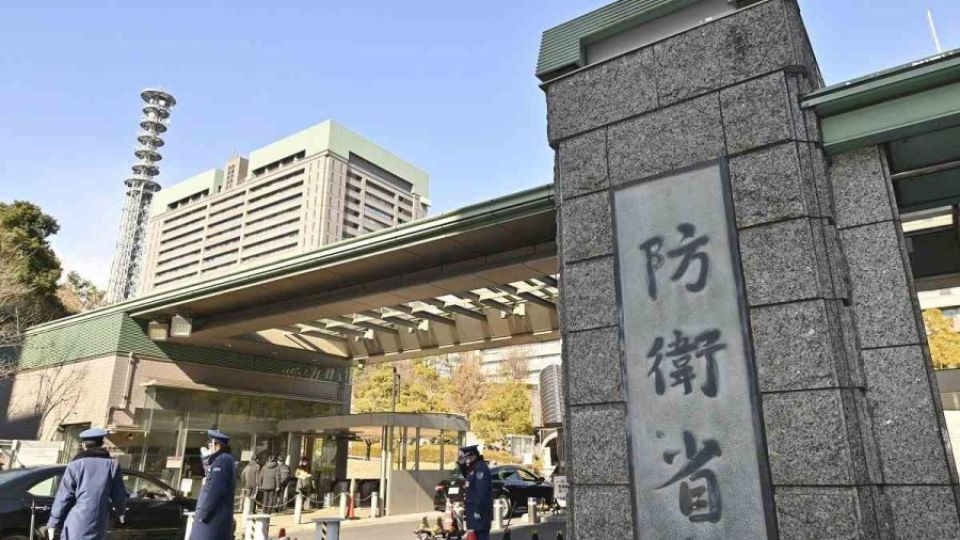February 5, 2024
SEOUL – Japan, the United States and South Korea immediately shared radar information for the first time when North Korea fired a ballistic missile on Jan. 14, amid the Japanese government’s increasing sense of urgency about progress in Pyongyang’s ballistic missile technologies.
The three countries’ forces shared the radar data to strengthen their countermeasures against North Korea’s missile threat. As a result, the Self-Defense Forces were able to start tracking the missile’s course more quickly than before. However, SDF radar appears to have been unable to track the missile through its terminal phase, when it fell into the Sea of Japan.
It is therefore urgent for Japan to enhance its defense capabilities.
According to the Japanese Defense Ministry, North Korea fired the ballistic missile toward the northeast from an inland site in the afternoon on Jan. 14. Sources in the Japanese and South Korean governments said an early-warning satellite belonging to U.S. forces detected the missile launch and the South Korean military tracked the missile as it was ascending.
The SDF also obtained this information through U.S. forces and began tracking the missile. Japan immediately provided the information it obtained to the South Korean side.
A system for such immediate information-sharing was launched on Dec. 19 last year. The Jan. 14 missile launch marked the first time it was put into use.
Information that South Korea obtained beyond the sea horizon, which is a blind angle for Japan, was immediately shared with the SDF. This made it easier for SDF radar to get the missile in its sights, and thus tracking could begin earlier.
In order for Aegis-equipped destroyers to shoot down a missile with their interceptor missiles, they need to track the target for a certain length of time after detecting it via radar.
A source in the Defense Ministry said this was significant because “the rate of sucessful interceptions can rise if the tracking of a target can begin even a second faster.”
However, there was a significant gap between Japan and South Korea’s announcements regarding the missile’s flight distance. Japan said the distance was at least about 500 kilometers, while South Korea put it at about 1,000 kilometers.
Because the missile was a hypersonic weapon that can fly on an irregular course at low altitude, tracking it via radar was difficult. Therefore, the SDF likely could not follow it through the end of its flight because the missile disappeared from its radar sights.
If the missile flew for 1,000 kilometers, Japan could have been within its strike range. This would directly threaten Japan’s security.
It is essential to further enhance the SDF’s detecting and intercepting capabilities, utilizing the immediate sharing of radar data.
The Japanese and U.S. governments aim to build satellite networks for enhanced capabilities to detect hypersonic weapons, and also plan to jointly develop a new type of interceptor missiles. The Japanese government aims to speed up a plan to have counterattack capability to strengthen the nation’s deterrence power.

